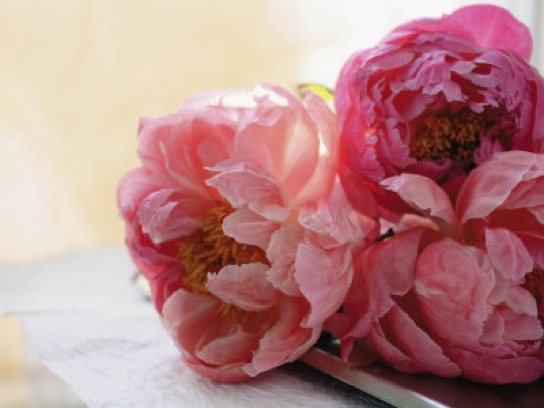For the Apple.
I delight in the crispness of an apple,
my lips wrapped around smooth skin
and pure, sweet flesh
broke open between my teeth.
To hold it in my hand,
the weight of it reminds me,
the gleam of green skin reminds me
of growth
of goodness
of briskness and autumn
of contentment
in the order and seasons of things.
Sun
and rain
and leaves of trees
then blossoms bursting to this new thing,
this sweet new thing,
ready for the picking,
for the plucking,
for the grip of my fingers,
for my lips on its skin
for my delight in this gritty, delicious
nectar of nature
and newness of life.
In one sweet moment,
I hold goodness in the grip of my hand.



